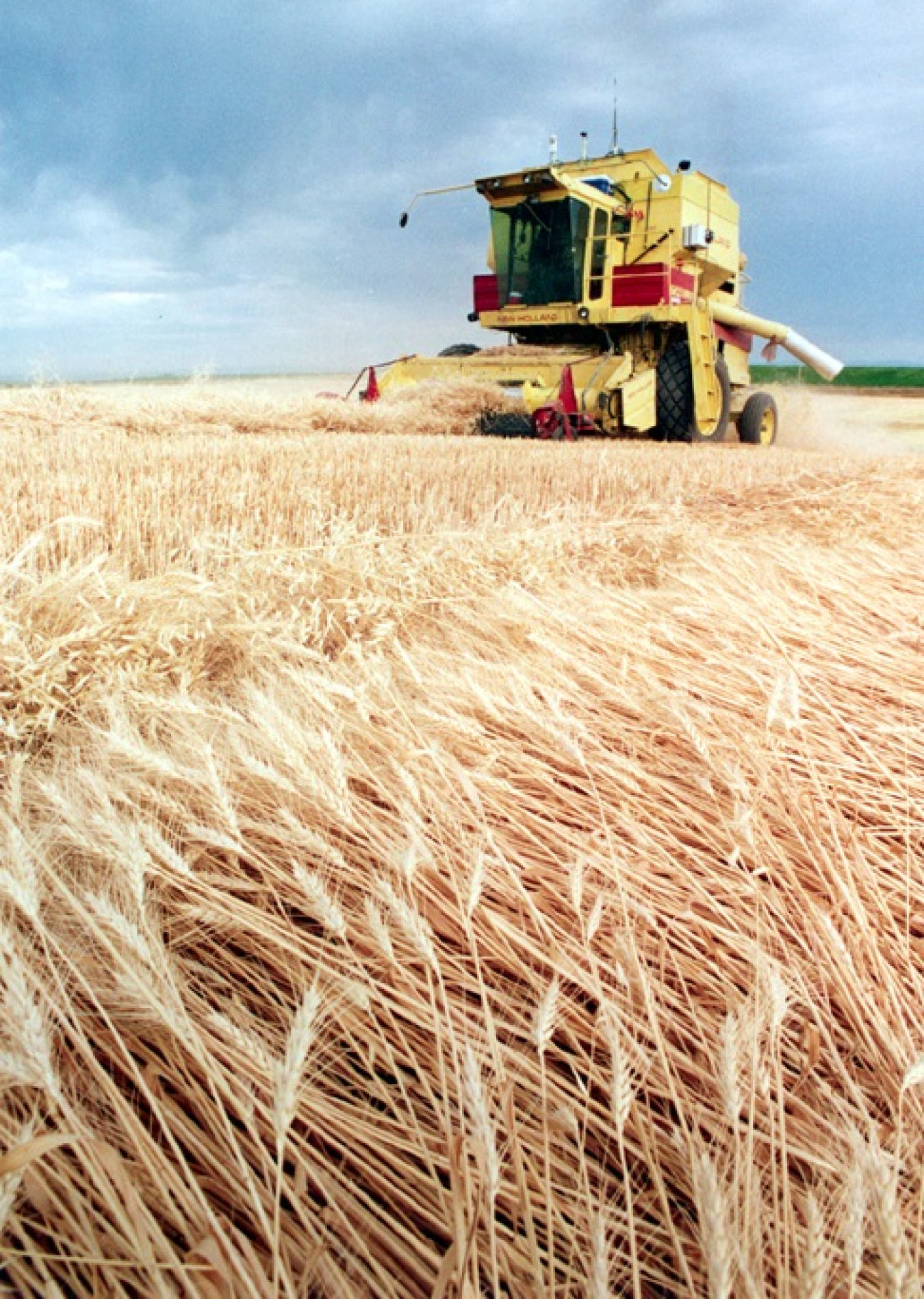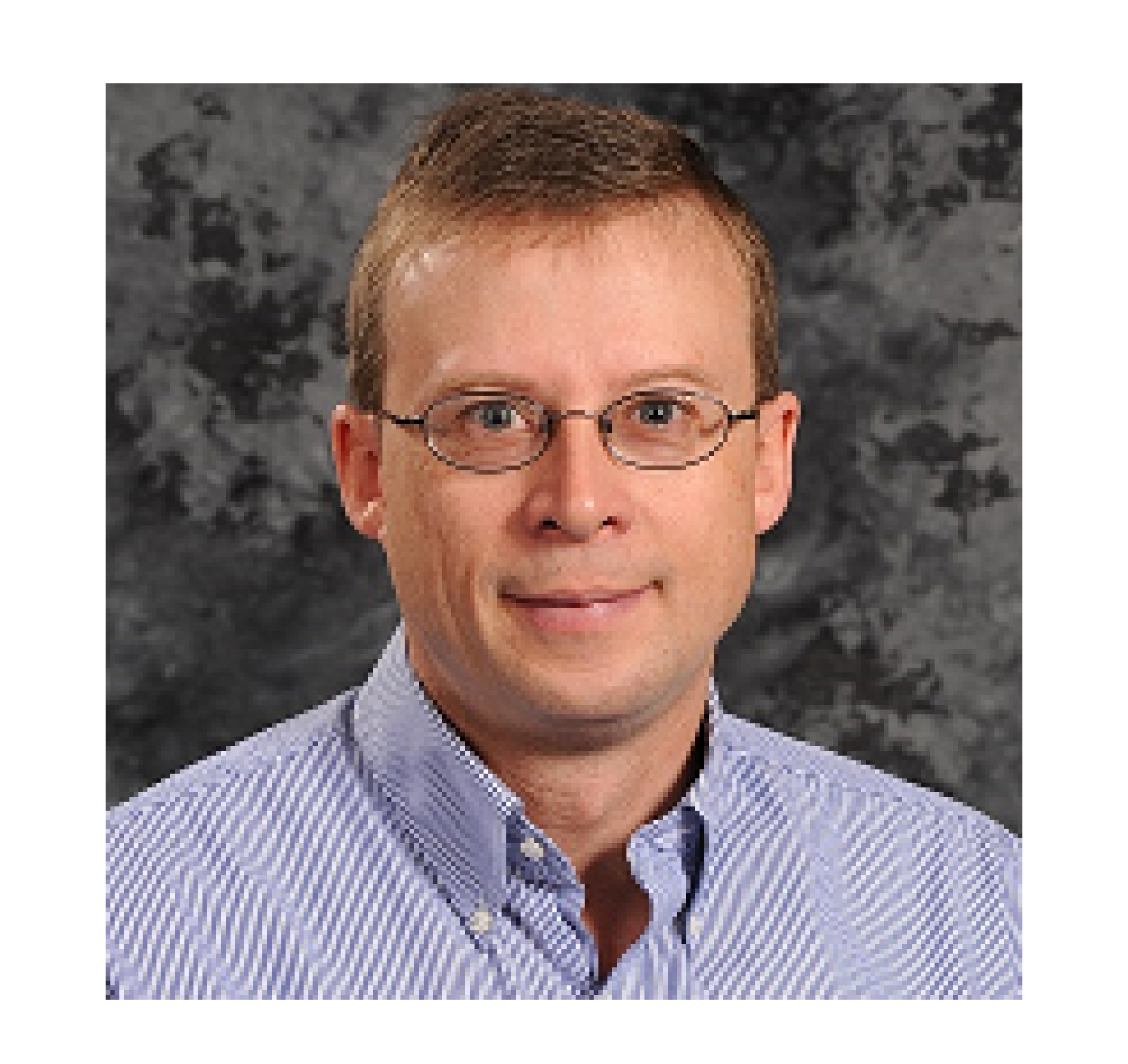Bioprose Blog: An INL analysis showed that through integrated landscape management, stakeholders could produce biomass at costs 20% lower than...
June 25, 2019BIOPROSE BLOG
A new techno-economic analysis by Idaho National Laboratory (INL) demonstrated that, by using integrated landscape management (ILM) techniques, bioenergy stakeholders could produce biomass at costs 20% lower than previous assumptions.1
The efficiencies gained using ILM practices could generate a new revenue stream for farmers, providing an economic motivation to produce biomass for the emerging bioeconomy.

ILM techniques include harvesting crop residues in high-yield areas and optimizing the operational efficiency of biomass harvest equipment using GPS data and computers to guide their movements through fields. Photo: INL
ILM incorporates bioenergy crop designs to minimize soil erosion, harvesting crop residues such as corn stover or wheat straw in high-yield areas, and optimizing the operational efficiency of biomass harvest equipment using Global Positioning System data and computers to guide their movements through fields. Optimizing the operational efficiency of the harvest using modeling will reduce costs that align with BETO’s goal of achieving $2.50/gge.
Researchers modeled the cost reductions achieved by leveraging ILM strategies in Kansas, Iowa, and Illinois watersheds. Those strategies included switching to low-cost bioenergy crops such as switchgrass in parts of fields where high-cost crops don’t grow well. This resulted in improved economic and viability outcomes—including increased profits for producers and reduced soil erosion—while showing the potential to provide a new revenue stream and a source of biomass for the bioenergy industry at a reduced cost.
Other ILM designs focused on protecting high-risk soils located on steep slopes using a farmland conservation practice known as “prairie strips,” which are long, thin sections of fields where farmers would replace traditional crops with perennial energy crops such as switchgrass and miscanthus. This was made possible by developing advanced three-dimensional soil erosion computer modeling software. The current TEA only analyzes rain-fed systems, not irrigated systems.
ILM techniques such as blending traditional agricultural production fields, dedicated energy crop production, and crop-residue biomass harvest and collection can be viewed as an improvement over current agricultural management practices that are wholly dependent upon mono-culture agriculture and do not account for subfield variability. The research team is currently modeling crop-field growth patterns based on satellite imagery using artificial intelligence (AI). The AI is trained using data gathered from harvest equipment in the field. This will provide higher resolution information about field variability—factors such as slope and soil quality—than older methods, particularly soil maps based on USDA’s Soil Survey Geographic Database (SSURGO), a repository of soil information collected by the National Cooperative Soil Survey that has been used in the United States for roughly a century.
This is a new modeling technique within the agricultural community enabled by research expertise and capabilities (computers with AI capability, for instance) at the National Labs that was not available until now.
1Mohammad Roni, David Thompson, Damon Hartley, Mike Griffel, Honqiang Hu, Nguyen Quang, and Hao Cai. 2018. “Herbaceous Feedstock 2018 State of Technology Report, INL/EXT18-51654.
J. Richard Hess

J. Richard Hess is Director of the EERE Program Office at Idaho National Laboratory (INL) and serves as the Laboratory Relationship Manager to the U.S. Department of Energy’s (DOE’s) Bioenergy Technologies Office. He oversees and leads development of strategic planning between the Energy and Environment Science and Technology (EES&T) directorate and DOE EERE to ensure highly impactful, integrated, and objective-driven EERE programs at INL. Richard has experience managing INL’s Bioenergy Program, which focuses on the cost-effective use of lignocellulosic crop residues in biorefining operations. He oversaw the preparation of a higher-value biomass feedstock, and managed the design and construction of one of DOE’s five bioenergy process demonstration units. Hess holds a doctorate in plant sciences from Utah State University, and master’s and bachelor’s degrees in botany from Brigham Young University. Following graduate school, he served as an Agriculture Congressional Science Fellow in the Washington, D.C., office of Sen. Thomas Daschle. In this role, he supported many important national agriculture research issues, including new and industrial uses of agricultural products, federal grain inspection standards, and plant variety protection.


